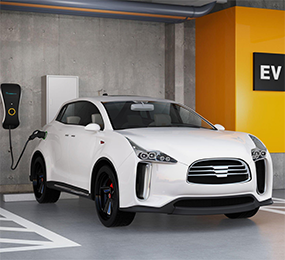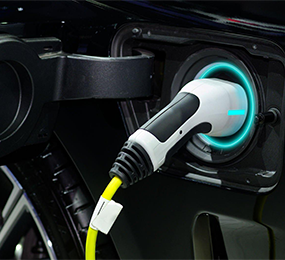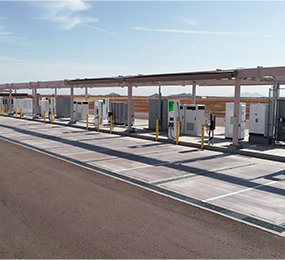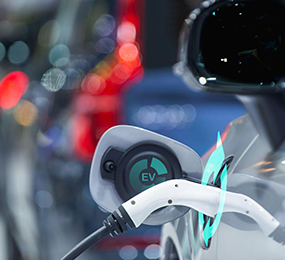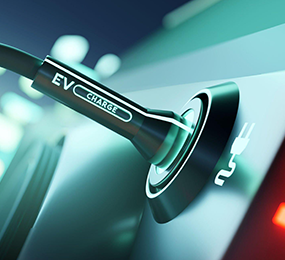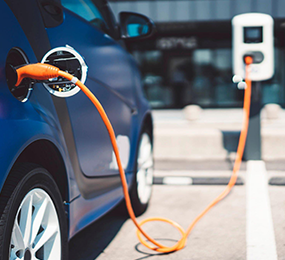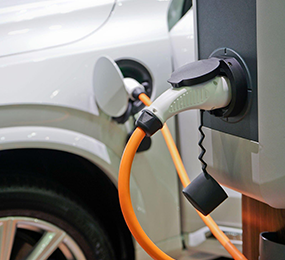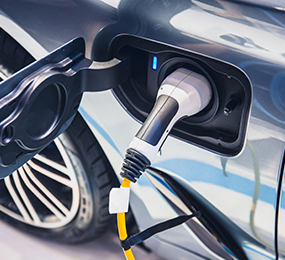Fast Charging vs. Slow Charging: The EV Charging Dilemma
The rapid growth of the electric vehicle (EV) market has brought forth a critical question: is fast charging or slow charging the optimal solution for widespread EV adoption? While both methods offer distinct advantages, the best approach depends on various factors, including infrastructure development, battery technology, and consumer preferences.
Fast charging, although convenient, can accelerate battery degradation over time. The intense charging process generates heat, which can reduce the battery's lifespan. Additionally, the widespread deployment of fast-charging stations requires significant infrastructure investment, particularly in rural areas. On the other hand, slow charging, while less convenient, is gentler on the battery and can extend its lifespan. However, it requires longer charging times, which may deter some consumers.
A balanced approach that combines both fast and slow charging could be the most effective strategy. Fast-charging stations can be strategically placed along major highways and in urban areas, providing quick top-ups for long-distance travel. Meanwhile, slow charging can be utilized at home or at work, where vehicles can be charged overnight or during working hours. As battery technology advances, faster charging speeds with minimal degradation could become a reality, further accelerating EV adoption. Ultimately, the choice between fast and slow charging will depend on the specific needs of EV owners and the evolving landscape of charging infrastructure.
Visit our website to know more: https://www.leadventgrp.com/events/3rd-annual-ev-charging-infrastructure-forum/details
For more information and group participation, contact us: [email protected]
Leadvent Group - Industry Leading Events for Business Leaders!
www.leadventgrp.com| [email protected]


